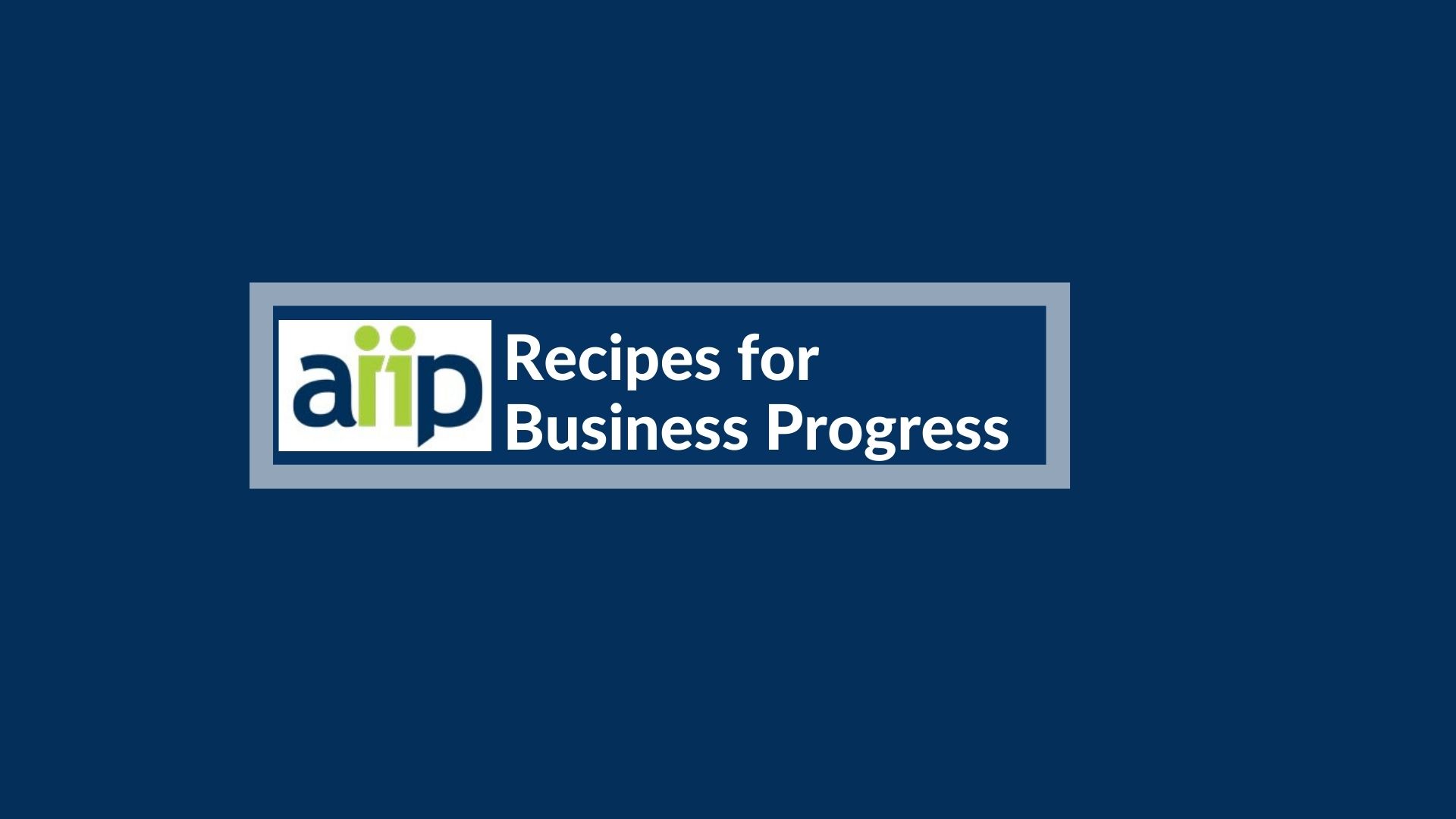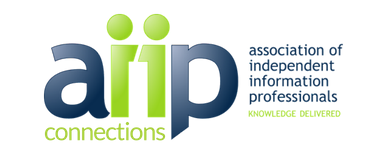Running a virtual event for a client

What do you do when a client requests your help to run a virtual event?
First things first – create a checklist.
A checklist helps you communicate with your client and with speakers and makes sure everyone has all the information they need at the right time.
What is the topic? Who is the audience? And what is the planned date?
The topic and the audience should give you a title and an abstract. A date and time will be audience-dependent – are they local, national, or global? Is the event open to anyone or just to a selected group of invitees?
What platform will you be using?
Take a few minutes to go into the platform ahead of setting the event and work through all the fields and tabs and see what information you are asked for – this can help inform your checklist.
What meeting format?
How does the client want the meeting to look – meeting style with everyone appearing, or webinar-style with only the speakers appearing? A panel of speakers and Q&A? Your options may be limited by the access your client has to a technical platform. There may be costs associated with upgrading platforms. There are workaround solutions, but you may need to be creative.
Who will be speaking? Who will be facilitating (welcoming, ensuring the event proceeds as desired, and concluding)?
You need to capture the speaker information that you will need, both for the platform and for introductions and/or promotions. Specify the required pixel and file sizes when requesting headshots or company logos from your speakers. Don’t limit your speaker information requests to just platform requirements; consider whether you need other details, e.g. promotional content.
Who does what when?
Draw up an agenda with time indications and provide it to the facilitator/host and speakers/panelists. Arrange a rehearsal time with all the participants. For a panel session, draw up a list of questions in advance – in collaboration with the panelists and facilitator.
Anything else?
Decide about using polls. Do you want to provide links or documents to your audience, during, ahead of, or after the event? Different platforms will have different ways to do this.
Will the event be recorded so that those unable to attend live can watch later, and will the sharing of the recording be restricted in any way?
Make sure there is someone “backstage” to watch any chat or Q&A for both audience questions and/or technical issues.
Lead time for the event should include time to:
- Finalise the topic and audience and then the title, abstract, and date with your client.
- Invite speakers and get speaker biographies and headshots.
- Rehearse with the speakers.
- If needed, create marketing copy and visuals to promote the event.
- If needed, set up opportunities to promote and advertise the event.
DCision Consult
denise.carter@dcisionconsult.com
Denise Carter has worked with information for more than 30 years. For the past 12 years her company DCision Consult has provided the answers to key intelligence topics for competitive intelligence teams in pharma and biotech.





